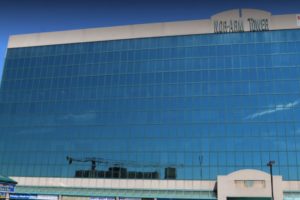Many people are aware that in a declaration of bankruptcy, the individual’s assets are seized by a bankruptcy trustee and sold off to satisfy as much of the person’s debts as possible, and then the individual is required to make payments, based on his income, in accordance with a repayment schedule.
There are some assets (referred to as “property” in bankruptcy lingo) that aren’t relinquished, though. Although filing for bankruptcy is done at the federal level, the rules of exemptions are set by the individual provinces and territories in order to take into account the needs of the individual, which (naturally) may vary from region to region.
RRSPs older than those acquired in the final year before bankruptcy, for example, as well as insurance policies, property held in trust for another person (such as a house bequeathed to a child of the bankrupt individual), and furniture, food, fuel and clothing for the bankrupt individual and his/her family (up to a set amount). A vehicle is also exempt (usually to a set amount, though not in all provinces), presumably to accommodate the individual who has to get to work in order to continue to fulfil his financial obligations.
And then there are “tools of the trade.” Those are items (vehicles, equipment and other things) the individual requires in order to perform his/her job and, again, allows that person to continue earning an income in order to help meet the remaining financial expectations.
There is a dollar limit set on that property, with the excess valued against the amount of debt being written off. The value varies according to province or territory, usually in the $10,000 range, with the amount in Ontario set at $11,300.
Farmers, however, get preferential treatment. In the prairie provinces, for example, the farmer is allowed to keep up to 160 acres around the principal residence, and the equipment and supplies required to maintain operations for one year. In Ontario, a farmer gets to keep livestock, fowl, bees, books, tools, implements and other items (including seed for up to 100 acres, and feed and bedding for the coming winter) up to a value of $28,300.
The theory behind allowing you to keep some assets under bankruptcy is to allow the individual to be allowed a fresh start, while still fulfilling as much of his/her financial obligations as the law and creditors deem acceptable. Bankruptcy is not meant to be a punishment for not being able to pay off debt.
And, because payments are tied to the amount of income the bankrupt individual can generate over the course of the repayment schedule, it’s in everybody’s best interest to allow that person to keep what he needs in order to continue to work.



